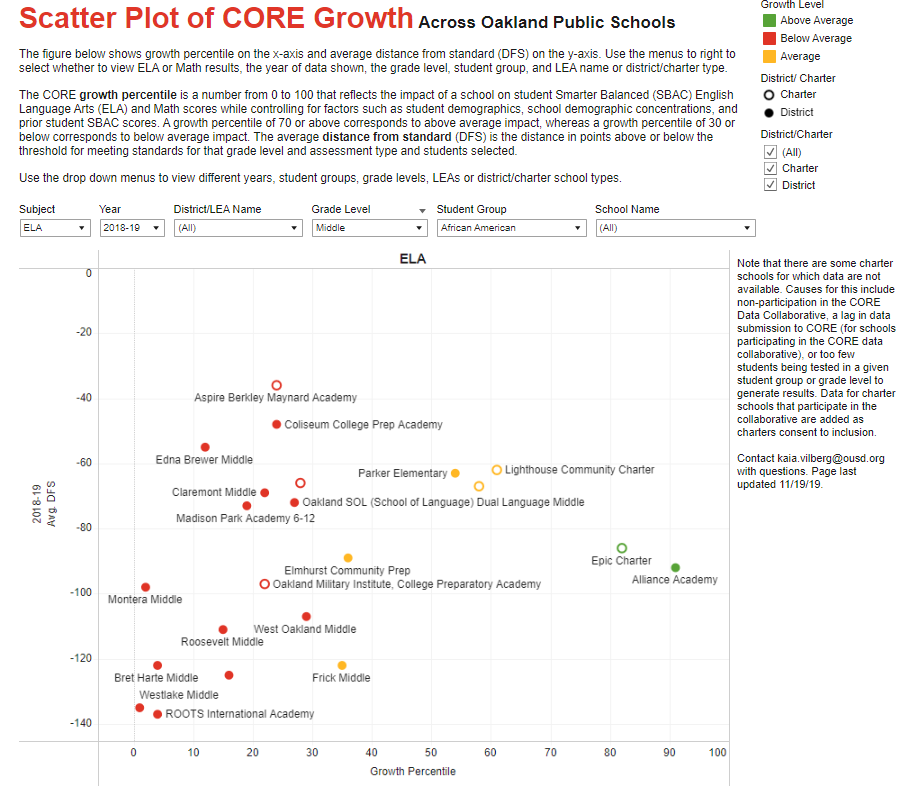We should be back at school in the Fall, and now is the time for families to choose their school for the upcoming year. February 5th is the deadline to apply. Where your child goes to school can have a huge influence on both their academic and social growth. So, I have some advice for folks based on the data, some changes in OUSD, and my own opinion. But first and foremost, do your homework and find the right fit for your babies.
Here I am going to share information about enrollment, some quick advice, and some data—the data should be taken with more than a grain of salt—since it’s really from 2 years ago. This was a year like no other and choosing a school will similarly be a unique experience, but let’s see what we can get into.
Rule 1- Understand and Make a Choice that Fits Your family
Oakland has a huge range of schools, and an open enrollment system, so any family can apply to any public school, charter or district. We have a wide range of schools with often very different programs.
We have schools that teach Mandarin, Spanish, and hopefully Arabic. We have Montessori, Waldorf, dual language immersion, and schools focused on internships and learning in the community, to name a few. We also have a set of schools intentionally trying to bring back more Black students, and also encouraging new school models, like Sankofa United.
The schools have very different outcomes for children in some cases. At some high schools, almost every Black student graduates college eligible, at others, it is less than half.
I dig into the data for Black students in this post. But, remember, the data is just one indicator.
Please make a choice for you your child, even if it is just going to your neighborhood school. And do your homework, do the virtual visit, talk to other families, and get a feel for the school as best you can.
Rule 2- Take a look at the best data available
Personally, I think there are a couple of sources of data that families should look at. For high school, it’s really the college eligibility numbers, or the A-G completion rate.
And for elementary and middle school, it really should be student growth, and the so-called CORE growth model is really the best standard we have. You can see the middle school growth below.
So ideally you are in school like Alliance Academy or Epic Charter, in terms of schools that are helping Black students show the most growth in ELA. On the other hand, ROOTS, which OUSD closed and Montera, a highly sought after school, were schools where Black students showed the LEAST growth. But again, things can change from year to year, and from classroom to classroom, so families should ask these questions, and make their own decisions.
You can look at different grade levels by just clicking on this link and then going to the menu at the top and changing the “grade level.” Here are the middle schools for ELA

And here are the elementary schools for ELA

You can pull up the same data for math by just clicking on that dropdown menu.
but here is the middle school data for math.

And here is the elementary data

You can see the A-G rates here for Black students, and note that there are some data issues where some schools showed up as not reporting data. And several schools didn’t have enough Black students to report results.

So please, do your homework and make a choice for your child.
You can see the full list of data dashboards for OUSD here, including some COVID related ones.

